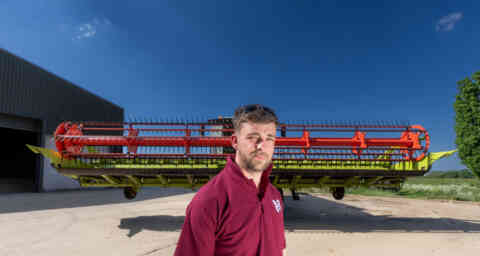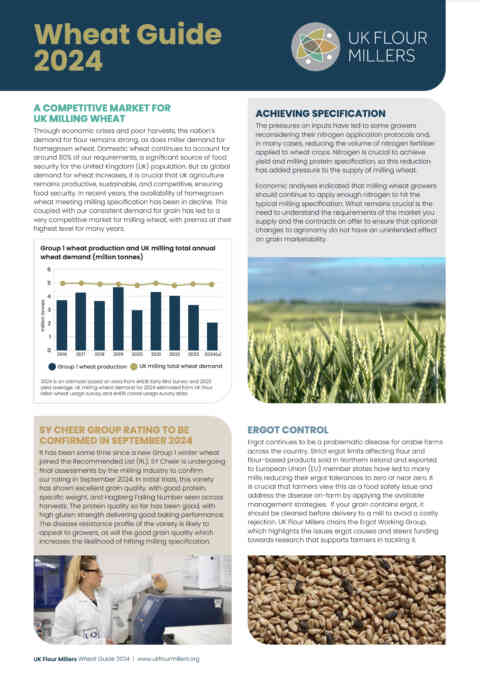Farmers

Review of how best to respond to expensive fertiliser nitrogen for use in 2022 Part four: Late N for Milling Wheat
This research is the final part of the AHDB series on how best to respond to higher nitrogen fertiliser prices in 2022. The report, researched and written by ADAS, provides clear guidance to growers on whether late nitrogen applications to achieve the protein levels for the milling premium are justified on their farms.
The full report can be downloaded by clicking here. The executive summary can be viewed below. The table at the bottom of the summary contains the key conclusions for growers.
Executive Summary
To inform the need for extra N to meet milling specifications in 2022, Part 4 of this review considers historic trends in grain protein of wheat, responses of milling wheat crops to fertiliser N applied in spring and later in summer, and premiums paid for achieving protein levels that exceed fixed thresholds. Principal findings were that:
- Break-even price ratios between N and grain have recently increased from ~5 to ~10, causing optimal N applications for non-milling wheats to decrease by ~ 50 kg/ha
- Typically, milling wheat crops with reduced N optima deliver only ~11% grain protein
- To achieve 13% grain protein, milling wheat crops typically need ~120 kg/ha more applied N than is optimal for yield at a break-even ratio of 10
- A protein response of 1% can be achieved by applying ~60 kg/ha extra late N
- Extra N applied at GS39 causes small yield response up to ~40 kg/ha, but later applications do not
- Average extra N applied to UK milling wheats decreased from 34 to 24 kg/ha since 2010
- Recovery of extra N in grain is poor, varying from 25% to 33%
- Only ~40% of milling wheats entered in the YEN (2013-2020) achieved >13% protein
- Farms consistently differ in their success of achieving 13% protein in milling wheats
- AHDB Recommended List protein levels are helpful in predicting on-farm achievements
- 10-20% of farms that regularly achieve >14% grain protein may be over-supplying N. Tests of reduced N by omitting late N on a few comparable tramlines could show whether savings are possible
The review concludes that growers should temper their decisions on late applications of extra N in 2022 according to (i) the premium on offer for exceeding the protein threshold, (ii) whether they have reduced their spring N applications due to high prices in 2022, (iii) whether late N has usually been used in the past, and (iv) the farm’s past success in meeting the criteria for premium payment, as follows:

Thus, some farms are recommended to ignore the influence of recent prices hikes on optimum N rates, as set out in Part One, and continue to focus on achieving grain protein levels in milling wheats which meet their buyer’s criteria for premium payments.

The UK Flour Millers Wheat Guide sets out the milling industry views of the wheat varieties on the 2024/25 Recommended List, as well as key considerations for growers when selecting quality milling varieties.
The digital version to available to download.
Physical copies are sent to supply chain partners and stakeholders. If you would like a physical copy, please contact Joe Brennan.
You can also make contact with millers to find out their preferences and requirements for milling wheat. Visit our interactive mill map to find your local mills.
If you have any enquiries related to milling wheat, please contact Joe Brennan.
